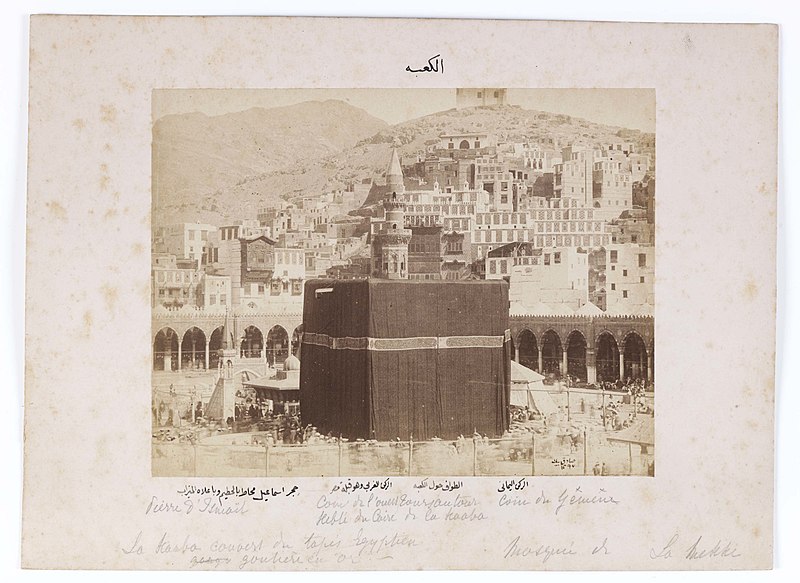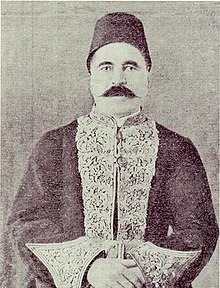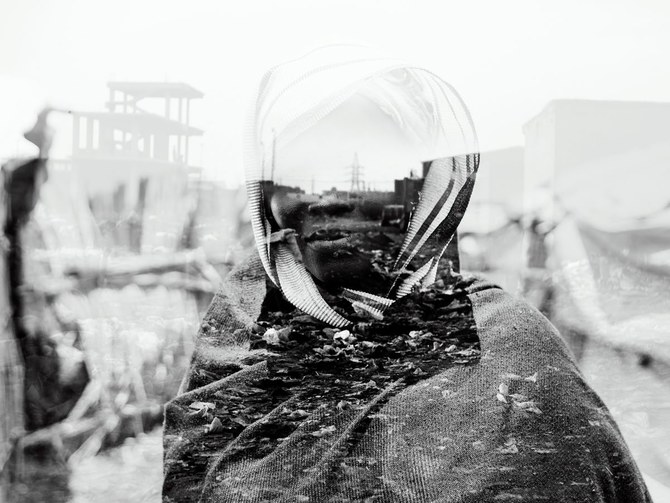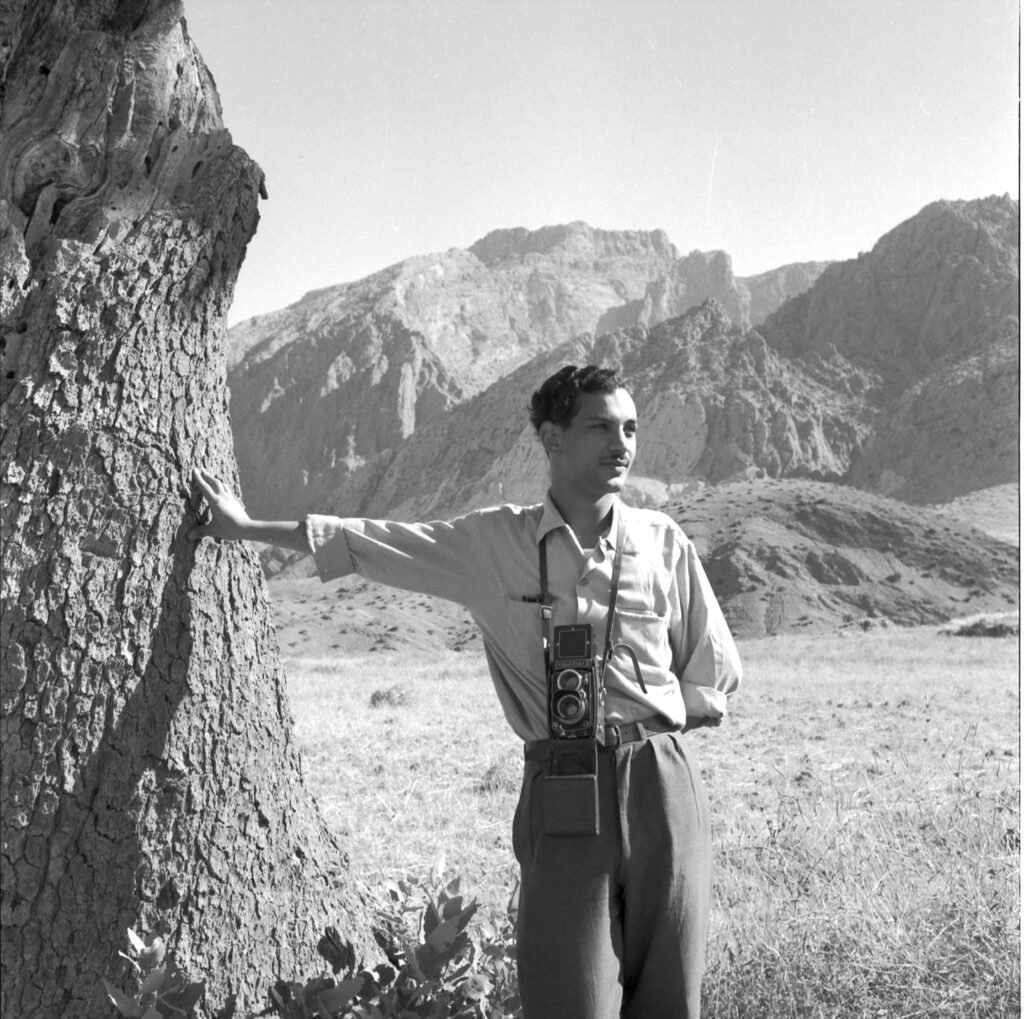The Egyptian architect turned photographer walks us through his award-winning photographs in Dubai.
Renowned Egyptian architectural photographer Nour El Refai was announced as the winner of Architecture Masterprize 2023 Photography Award in the ‘Healthcare-Exterior’ category for his work on Thukher Club, a seniors social club in Al Wasl, Dubai which was designed by Naga Architects. This is the second year in a row that El Refai wins the prestigious award, after his shots of Museum of the Future won the ‘Cultural-Interior’ category in 2022.
Capturing the organic architecture and layout of Thukher Club, the brilliance of El Refai’s photographs rest in their nuanced approaches. From meticulous compositions and dramatic perspectives to calm lighting and consistent tones, his work helped translate Naga Architects’s design and concept.
Over the past decade, El Refai has steadily grown into a benchmark in architectural photography within the MENA region. Whether it’s stunning summer houses or cultural centres, his work is helping document the design upheaval taking over the region. In Al Wasl, he delivers a masterclass in the relationship between architecture and lighting.
Light rain set the tone to the first day of photographing Thukher Club. “Clouds felt dramatic. For Naga Architects, it made sense to opt for a clear sky to define the architecture,” El Refai tells SceneHome. “I adjusted the composition based on the natural sky and clouds to balance the architecture without overshadowing it.”
A key parameter of El Refai’s work on Thukher Club was our yellow dwarf star. “The sun’s movement helped define the masses. I visited early in the day and imagined the shape of shadows against them,” he recalls. After almost completing his work, El Refai revisited Thukher Club at noon, which required a new set of permissions since it was during a peak time, when crowds of people would pass through. “When the sun’s perpendicular there’s contrast between the masses and the foreground. Human elements add a sense of scale. It shows you how the masses overlap, that’s why I needed the sun to be high. Had it been low, both surfaces would’ve been white and lacked shade.”
The exterior masses of Thukher Club featured irregular and organic forms. Its main entrance, covered by undulating architecture, was photographed from two different angles; one emphasises its curves before sunset and the other has a wider view that establishes context. “Lines guide me in terms of where to stand and look, and lenses provide the freedom to shift in direction,” El Refai says. Both perspectives guided him and how shifts were illustrated in the former entrance image.
“I exaggerated the curve by getting closer to the building with an acute angle. I wasn’t photographing elevations but accentuating them,” he says, referring to the dramatic perspective where the building appears in motion towards its vanishing point. On the far right side of the same image, Thukher Club’s logo (which is the abstracted layout of the buildings) appears from within the club. To get this shot, El Refai kept adjusting the frame until it felt right.
Every architectural project presents unique challenges to photographers. Once they’ve become confident in their process and tools, only then will they be able to showcase it in the best light possible. That’s something El Refai learned from practice. “Practice makes you understand that you don’t have to be perfect,” he says. “You understand the parameters of perfection but more importantly you’re able to tell when it’s enough, how to have vision and imagine situations in advance.”
In Al Wasl, El Refai predicted that night shots would be challenging because lamp posts close to the building switched between too many colours. A full day was spent solving the issue and as a result, instead of having 10 colours switching during twilight, there were only three. This was an example of the importance of preparing in advance and understanding the project.
From inside, Thukher Club was composed of three main spaces with skylights providing natural light. An all-white interior provoked nuanced approaches by El Refai, which conveyed the desired level of brightness intended by the design, highlighted the importance of toning and how subtle changes in composition make all the difference. In one of the shots, El Refai pictures a space flanked by a corridor, followed up by a closer shot that places viewers within the seating area.
“I tried to show different levels without appearing too overlapped,” El Refai says. “The oddity of photographing a 3D space into a 2D plane is that people don’t experience space in 2D, so when you add it on a page the masses blend together, and you have to figure out the point from which you’re photographing and the lens you’re using in order to ease the composition.”
Once the composition is settled, the rest of the process includes lighting, editing and adjusting the layers and tones. “Consistency of tones is crucial. Depending on camera measuring, sunlight and timings, tones are always changing but they need to remain consistent,” El Refai adds. Between day and night, there are naturally changes in tones but in both sets of images the tones of each need to remain consistent.
“Most of the work is in the composition and the rest is timing,” El Refai continues. “It’s all about enjoying the process. I roam around the project to get a feel for the spaces and the relationships between them.” To be able to get these shots, El Refai schedules the entire day and determines how much time each perspective will have, the window of opportunity so to speak.
presentation. “Transitioning from day to night needs to be seamless, unless designers request to emphasise different moods of the same space,” he says. “I prefer telling the story of the project as an experience, walking from one space to another. Visual storytelling is of paramount importance, I don’t deliver an album without ordering it. It may not be the same order of photography because that depends on context, presenting the images is a different story. The order depends on the story that I want people to feel.”
When asked for advice for upcoming photographers, El Refai says, “Research the designer and the design to understand the project. If you receive plans or renders, use them to envision the space. On the ground, there will be some changes but when you imagine the project’s architecture you can interpret it properly through images.”
If El Refai’s insights are an indication of anything, it’s that preparing for a shoot is equally as important as the shoot itself. Whether it’s the scheduling or communication, proper briefing and communication, when a photographer understands the context, they find the freedom to explore nuanced angles. With time, as demonstrated by El Refai’s serial award-winning approach, there will be less photos and more keepers.
Photography Credit: Nour El Refai
source/content: scenehome.com (headline edited)
_________
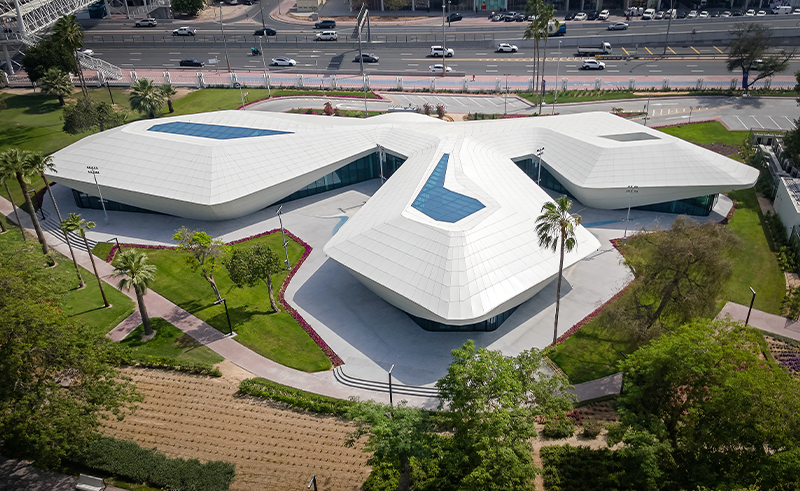
__________
EGYPT
